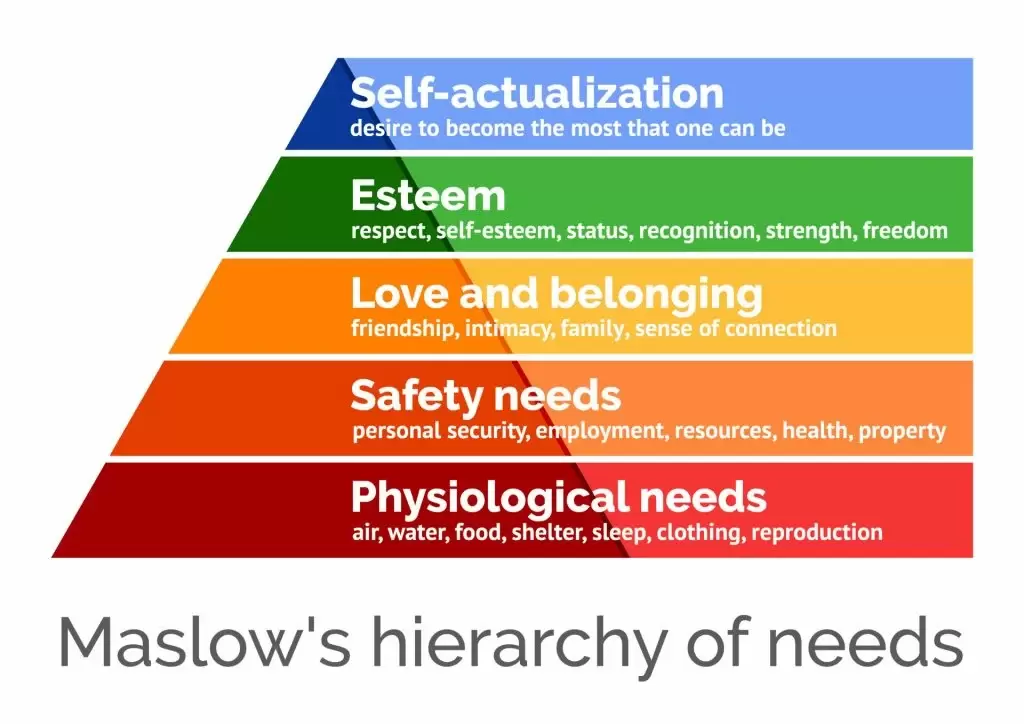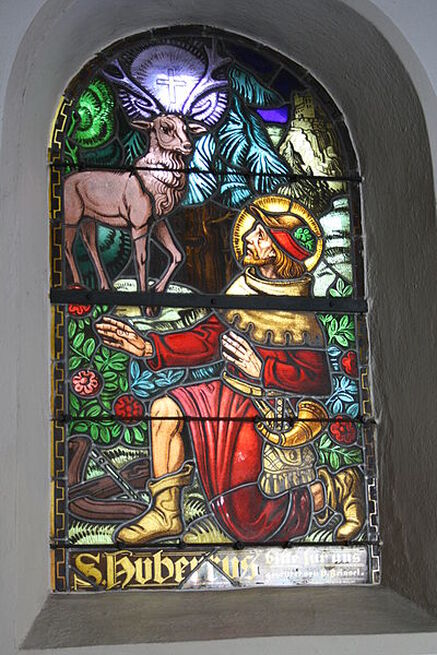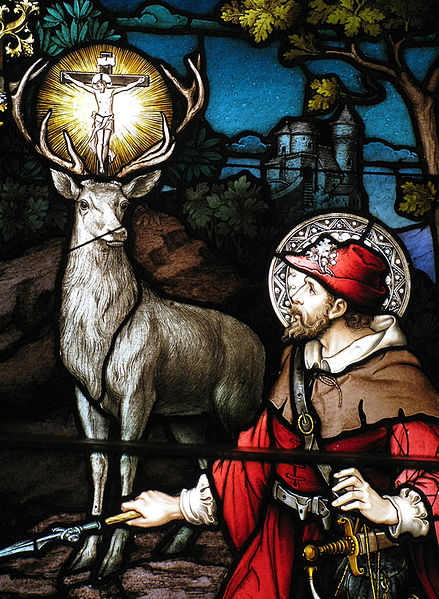Maslow’s theory is simple – so simple that it is depicted as a five-tier pyramid (not Maslow’s invention). Physiological needs – the essentials of physical survival – form the pyramid base. Above that are the safety needs, followed by love and belonging needs. Esteem needs come next before the pyramid is capped with something Maslow refers to as self-actualization.
Without getting into too much detail, the essential idea is the needs on the lower end of the pyramid must be fulfilled and satisfied before higher needs can be pursued and attained. Like many theories, Maslow’s Hierarchy of Needs contains much of what qualifies as truth for the modern, despiritualized consciousness. After all, a starving, destitute human will likely be less motivated to compose a great symphony than a properly nourished human who can focus on pursuits higher than mere survival.
On the other hand, the motivation to create great works has inspired many great artists and thinkers to willingly sacrifice meals, resources, and stability for creativity, demonstrating that Maslow’s theory is far from flawless.
Maslow’s motivation theory started me thinking about Christian motivation. Suffice it to say, the Hierarchy of Needs is not constructed upon a Christian framework but is instead the brainchild of an atheist who flatly eschewed religion and the spiritual. With this in mind, it becomes readily apparent that Maslow’s self-actualization capstone is the entirely humanistic ideal of reaching one’s full potential and becoming the best version of oneself that one is capable of becoming.
After the Hierarchy of Needs became well-known and influential, Maslow revisited his original five-tier framework, found it wanting, and added transcendence above self-actualization. Why an atheist, humanist psychologist would feel inspired to add this extra level is a question I can’t answer confidently; however, Maslow obviously sensed the gaping void in consciousness above self-actualization and tried to address it as best as he could.
Maslow’s level of transcendence has since been mostly ignored. Whenever it is addressed, it is usually from the nebulous perspective of New Ageism, replete with its cosmic consciousness, mindfulness, and connectedness. Maslow himself was slippery on definitions. More often than not, he insisted on achieving peak experiences or veered toward altruism and other ideals of selflessness as examples of transcendence. Or he claimed that transcendence ultimately had something to do with overcoming the self.
Imagine that. You spend your whole life struggling toward self-actualization only to dissolve or dilute the self. How noble. How virtuous. How Oneness religion. How cosmic.
The bottom line on Maslow’s Hierarchy of Needs is the lack of authentic spiritual motivation. Since individual human beings are ultimately going nowhere, the best they can hope for is the fundamentally meaningless pursuit of self-fulfillment followed by a gentle assimilation into the great void of nothingness, all to the sound of a soothing uhmmmmmm.
The Hierarchy of Needs remains immensely popular and is a cornerstone of the positive psychology movement. Unfortunately, meeting the needs ensconced in Maslow’s hierarchy in today’s world entails submitting to and complying with the anti-God, anti-Creation System and its endless cascade of value inversion, particularly when it comes to esteem and self-actualization. However, even the most rudimentary physiological and safety needs require submission and complicity, which raises the question of how Christians can expect to meet Maslow’s higher-level growth needs when they are already being pressured at the lower deficiency need levels. Little wonder many Christians yearn to return to Christendom or, at the very least, mid-twentieth-century America.
From a Christian perspective, it is imperative to stress that the self that yearns for actualization in Maslow’s hierarchy is a false self. Christian motivation is clear and simple and can be reduced to two overarching goals – salvation and theosis. Both motivations ideally aim for the emergence of the real self – a self that Maslow’s theory flatly dismisses or conspires to deny.
With this in mind, Christians would be wise to reconstruct Maslow’s hierarchy by adding salvation and theosis to every tier. After all, the motivation for salvation and theosis should not be and cannot be eclipsed by any deficiency need or growth need, including the basic physiology needs, and any growth need that does incorporate salvation and theosis as the primary motivation is not a growth need, at least not in the Christian sense.
I’ll return to this theme in future post . . .










 RSS Feed
RSS Feed

